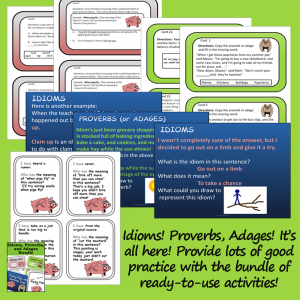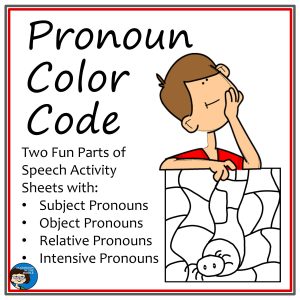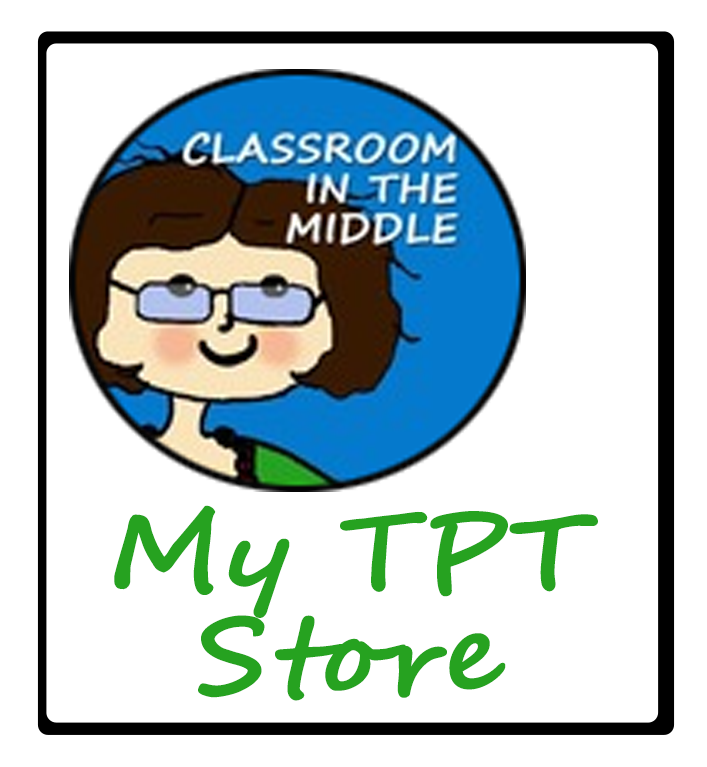Recognizing common idioms, proverbs, and adages is a useful skill – no doubt about that! For one thing, Common Core standards say that kids in the upper elementary grades need to be able to do it, but it’s also a practical vocabulary skill. That’s easy to see when working with students who are learning English as their second language because their unfamiliarity with English idioms puts them at a disadvantage. Kids who grew up speaking English also increase their vocabulary skills when they learn new idioms, proverbs, or adages in middle school and beyond.
But how do you fit these useful little bits of language into your already packed lessons plans? Here are a few suggestions for incorporating them into lessons on figurative language, vocabulary skills, and reading.
Teaching Idioms
An idiom is an expression that has a meaning completely different from what the words literally say. Where else do we run into that in English lessons – with figurative language!
For instance, look at this sentence:
When the teacher asked Brian about what happened
out by the lockers, he just clammed up.
The sentence obviously has nothing to do with clams, but like a clam keeping its shell tightly closed, Brian kept his mouth shut when asked about the disturbance by the lockers. Its a metaphor. Many common idioms are similes or metaphors, and they make good examples of these figures of speech that students can readily understand. Here’s one that’s a simile.
I know that the photo I’m looking for is in one
of these boxes, but this is still going to be like
looking for a needle in a haystack.
No haystacks here, but is is a comparison between two unlike things, a photo in a box and a needle in a haystack. And this one uses the word like, so it’s a simile.
Finding idioms in a reading passage, and then figuring out what they mean can also be part of a nice context clues lesson. Another fun activity about idioms is to practice spotting them (make a list) in everyday speech.
Teaching Proverbs or Adages
A proverb, or an adage, is a wise saying that has been handed down to express an important truth or to give advice. One place to find these little gems is at the end of fables. Others have been passed down for so long that we may not know where they came from.
Aesop’s fables, which are in the public domain and so are a great resource for English teachers, can be found in various versions to suit students of different reading abilities. Usually, the fable is a short story, maybe a page or so, followed by its “moral” (a proverb). Since the whole story illustrates this one proverb, it’s a perfect illustration of the theme of a story, and proverbs make great stories to use when your students need practice with the story element of theme. Students can be given the story first without it’s proverb at the end, and try to come up with a statement of the story’s meaning in their own words.
Another fun proverb activity is to have students illustrate well-known proverbs. These are great to post around the classroom, too, after your lesson is done! Here is a proverb lesson that I found on ReadWriteThink which includes a list of common proverbs. By sharing proverbs that they learned growing up, kids can also gain an appreciation for the idea that many of these sayings express universal beliefs, just expressed in different ways.
Idioms, proverbs, and adages – they’re not just one more thing we need to teach, they’re a ready source of material for a variety of Language Arts lessons.
Related Resources
This Idioms, Proverbs, and Adages Bundle includes two sets of task cards, a game, and the slide presentation for lots of examples, plenty of practice, and a fun variety of activities.














